
From next week on it will be again pick(ing)s from the wayside: weird kangooroo flowers, fake verbena, seemingly ordinary thistles and other plants gathered from the land around Bogong, Mt. Beauty and Falls Creek…
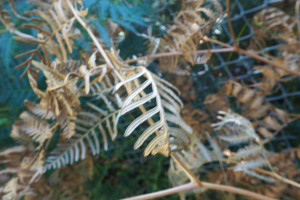
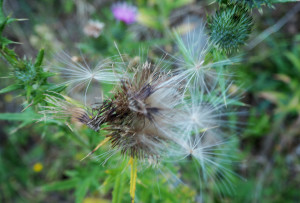

Articles and images from gardens around the world

From next week on it will be again pick(ing)s from the wayside: weird kangooroo flowers, fake verbena, seemingly ordinary thistles and other plants gathered from the land around Bogong, Mt. Beauty and Falls Creek…



21st October broadcast now online: Ms Schaffner digs into her (Datscharadio) archives to see what kind of acoustic earthworms she can extract from the dirt. Cued up – among other things – are the lawnmower micro-symphonies and some cross-pollinating studio guests. With Mark Vernon.
Read More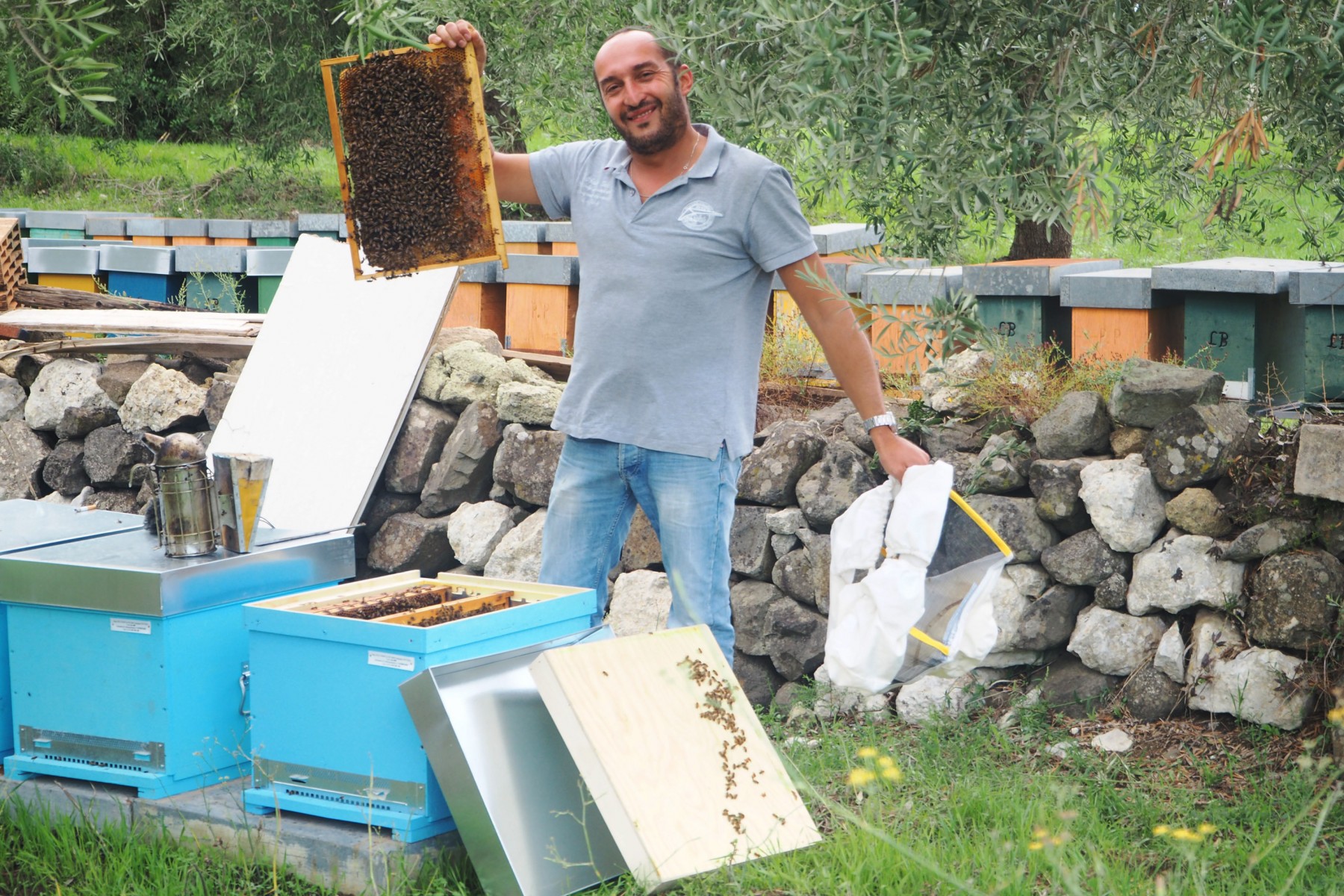
The Sortino Honey Festival starts on the 23rd of September, a three day fiesta dedicated to this most cherished product of the region: Hyblean Honey. A definite reason to visit one of Sortino’s most reknowned bee farmers.The honeys of the Sortino region are famous for their delicate aromatic mixture of sweetness and character. The honey making culture here is one of the oldest in the world. Hyblean Honey is only produced within a small region of Sicily and the towns of Sortino, Ragusa and Ferla belong to the heart of it.
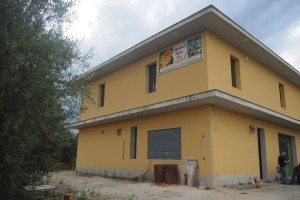
Gianfranco Pagliaro is a beekeeper in the 4th generation already. There are 4-5 professional apiculturists made their home in the region and there are many more that produce on a smaller and more private scale.
Signore Pagliaro owns about 400-500 hives that are located in different parts of the country. Asked about the amount of honey that gets produced in a year, he says that this can be very different, depending on the weather and the flowering seasons of plants. Our aim that day was twofold: a) recording the sound of bees in their box b) capturing a true Sicilian song. Together with the musician Sebastiano, Gianfranco and me set our to visit his farm that is located some kilometres outside of town.
The wide room inside the farm hosts three big steel containers, a work table, staples of new as well as used bee homes; a side room serves as an office. The containers currently hold three kinds of honey: Thyme, Millefiori and Eucalyptus.
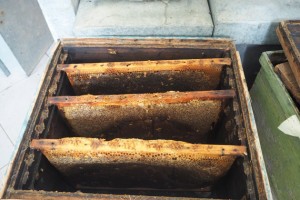
To keep the bees from stinging while putting the microphones into the bee box Gianfranco brings up a traditional “smoke machine” with an attached bellow:
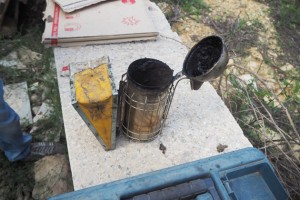
While the recording is made, Signore Pagliaro comes forth with his truest treasure: a spirit made from honey. Each beekeeper of the region does his/her own version of this but all of them keep the recipe secret, it is only delivered from father to son.
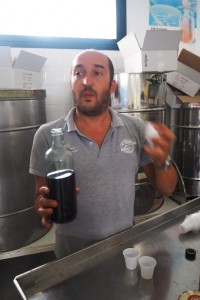
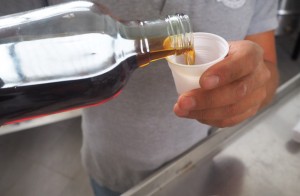
In order to describe its taste one would have to write a poem… enough said!
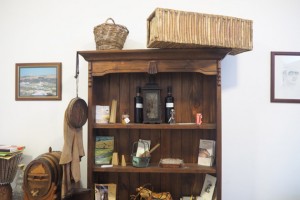
In his office Gianfranco shows us the picture of his grandfather fabricating one of the boxes then used as beehives by hand. One of these still sits on top of his shelf.
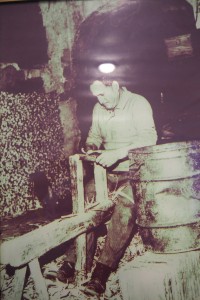
Of course we have a degustation. While Millefiori (onethousand flowers) is the offinical “wildflower honey” of Siciliy and probably the one best known in the world, Signore Pagliari also produces thyme honey and the eucalyptus and orange blosssom kinds. Thyme is the sublest in taste while eucalyptus is the darkest, in mood as well as in colour. There was no orange blossom honey this year, alas: It has been unusual and the reason for it is unknown yet, but the flowering of the orange trees this year was very poor and so: No orange blossom honey in 2016!
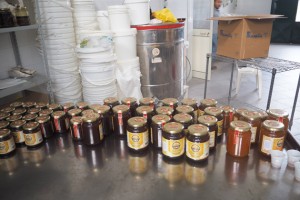
After tasting the honey and some more shots of the miraculous honey spirit we came to the musical part.

All recordings can be accessed on this blog, not now though, but in a later update :)
Invalid Displayed Gallery
Read More
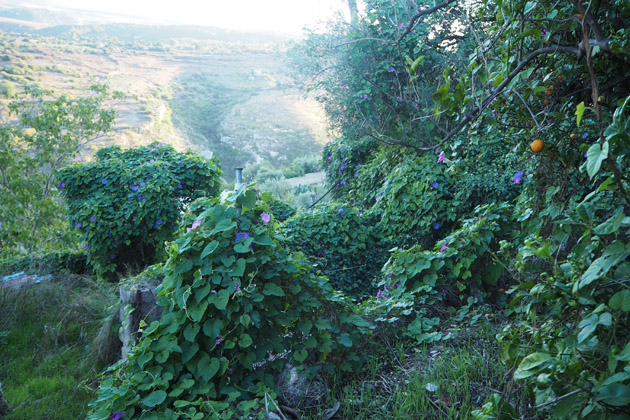
The garden of the Cappuccine convent in Sortino lies deserted, enclosed by high walls, and less than 2% of the inhabitants have ever set a foot into it. Padre Matteo opened its doors for us. A former orchard and herb garden that hasn’t been tended for years. It is overgrown with Iopomea, oranges lie in the grasses, giant fennel (Ferla) stalks stand briskly in your way. There are olive, almond and lemon trees. Crumbling stone steps lead up to the high cedars that flank the North side of the enclosure. To the South we can see the lands of prehistoric Pantalicca and the valley of the invisible river – “Anapo” means invisible and it is called like that because this river disappears three times in the ground and resurfaces again.
Invalid Displayed Gallery
Read More

Columbia Road’s flower market explodes into whirls of colours… mixed with voices and plastic bags, hats, hands and hair-dos.
Here come some views:
Invalid Displayed Gallery
Read More
London in August, a vist at Roots and Shoots, located since 32 years in the council on Lambeth. Founder Linda Phillips leads me on winding paths through a wonderous maze of plots, meadows and espaliers. This biotope unfolds on just an acre of formerly contaminated industrial grounds in the mid of London. The garden started out as a community project and is now supported, next to private donors, by charitiy organisations and the council of London. Roots and Shoots offers educational training to disadvantaged youths, works with school classes and kindergardens and collaborates with international environmental organisations. It encourages neighborhood activities and is strenguously committed to green the world and our thinking.
Datscha Radio wasn’t lazy in other ways as well and therefore forthcoming on this blog:
– Audiowalk Roots & Shoots including a visit in the dragon’s den + picture gallery
– Audiowalk Flowermarket Columbia Road + picture gallery
– Talk Wild Flower Garden + picture gallery
– Views of Chelsea Physics GardensWebseite: Roots and Shoots
Photos: Garden gate, view garden, sleeping young fox at pond, guava in “Paradise Corner” (in memoriam William Blake)
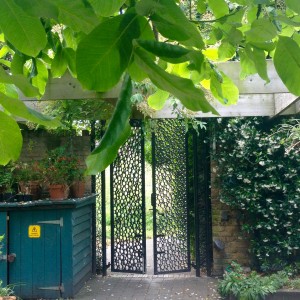

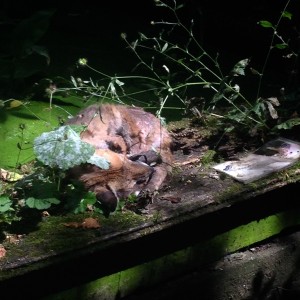
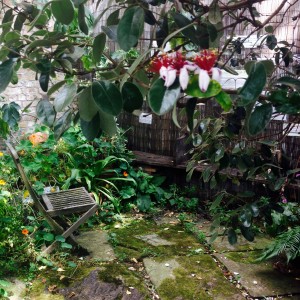

If the snake had come up with a cactus pear (Opuntia ficus-indica) instead of an apple we would be covered with painful pimples but still dwell in innocence.
The sun was hot, my vision blurred, the ground in a cactus grove near Fontane Bianch was prickly weeds and strewn with cactus pears/figs. Having spent my adolescent years with cultivating cacti (instead of leaving through puberty mags) I knew these can be vicious when touched without gloves. I used a plastic bag to pick them up, handled it with utmost care… only to find that the tiny glochids that surround the spines of the opuntias and that sit as little “nests” on the pear shaped fruit are well able to puncture plastic…
Solutions for transport:

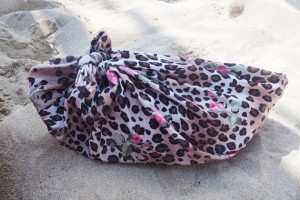
Still I ended up with some of these tiny monsters on my fingers. Wikipedia provides encouraging information:
Glochids or glochidia (singular “glochidium”) are hair-like spines or short prickles, generally barbed, found on the areoles of cacti in the sub-family Opuntioideae. Cactus glochids easily detach from the plant and lodge in the skin, causing irritation upon contact.
If the glochidia are allowed to remain in the skin, a dermatitis may ensue that will persist for months.Glochidia may be difficult to remove. Yanking out the bristles may result in leaving one or more 20-30 micrometre sized barbs in the skin, later to be manifest by granuloma formation. Attempts to suck out the glochidia are likely to result in their attachment to the tongue. Popular methods of removing glochidia have included spreading adhesive plaster over the area and ripping it off quickly or using melted wax (hot wax sometimes employed for removing hair). Martinez et al. studied various methods of removing glochidia from rabbit skin. They evaluated tweezers, glue, facial mask, adhesive tape, package-sealing tape, and tweezing followed by glue. The most effective single method was tweezing, which removed 76% of the spines. The method using a thin layer of household glue (Elmer’s Glue-All, Borden Inc) covered with gauze, allowed to dry (about 30 minutes) and then peeled off resulted in removal of 63% of the spines. Facial mask and adhesive tapes removed about 40% and 30% of the spines, respectively, and produced more retention and inflammation three days after removal than no treatment. Repeated applications of adhesive tape did not improve the results. According to Martinez, the most effective method is to first use tweezers to remove clumps of spines followed by the application and removal of household glue, resulting in removal of 95% of the spines.
Writing this I can still feel some on my fingers… There are no tweezers in the household! Nonetheless, they have a nice taste and indeed look like figs inside.

Invalid Displayed Gallery
Read MoreSandfly, Tasmania. 27. Nov. I am guest in the house of Julia Drouhin and Arjan Kok. The livingroom is full with music instruments, the kitchen full with shiny, brown bottles. Arjan explains how his home brew is done. Earlier this morning, the whole family has been exercising at the drums, hence the combination…
Read More